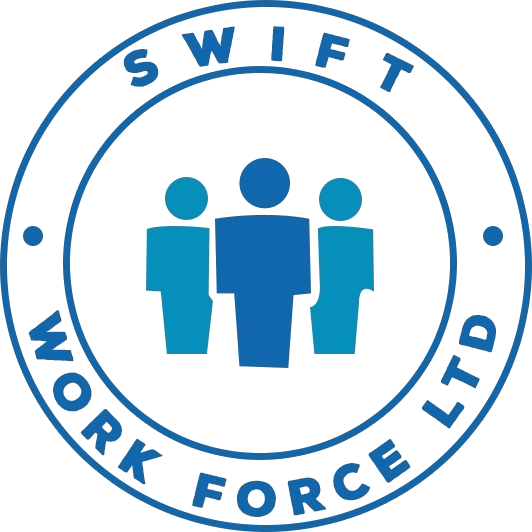Logistics management is the process of planning, implementing and controlling supply chain resources, generally from the point of origin, such as raw material accumulation, to the point of destination, i.e. delivering goods to the correct location on the construction site.
Effective logistics management is important can enhance efficiency and productivity, having a positive overall impact on cost and time. For example, good logistics management ensures the workforce are able to carry out required activities without delays caused by materials being delivered to site.
Logistics management involves the integrating of many activities:
- Resource assessment.
- Lead time assessment.
- Supply and demand planning.
- Sourcing and procurement.
- Production planning and scheduling.
- Packaging and assembly.
- Inventory management and order fulfilment.
- Inbound and outbound transport management.
- Warehousing.
- Materials handling.
- On site vehicle and plant management.
- Customer services.
- Waste management.
Having a timeline of project stages planned in advance, with a full inventory of materials and tools required, is a key part of logistics management. Due to the complexity of the process, and the interaction of may supply streams, dedicated simulation software can be used to model, analyse, visualise and optimise logistics.
In addition to keeping the construction programme on-schedule, other advantages of good logistics management include:
- Cost savings and waste reduction as productivity is enhanced.
- Logistical planning on site enables materials to be stored correctly which improves efficiency and reduces the potential for damage
- Sites can be kept safe, clean and easy to move around.
- Deliveries can be received and handled promptly.
Construction consolidation centres (CCC) can be used as a part of logistics management. These are locations near to but not necessarily on site, to which deliveries are made and stored. They are then brought to the site on a ‘just in time’ basis as and when required. This has the advantage of keeping the site clear of obstacles, cutting down on required storage space, and ensures that the logistics manager is aware that the materials are available close-at-hand.
